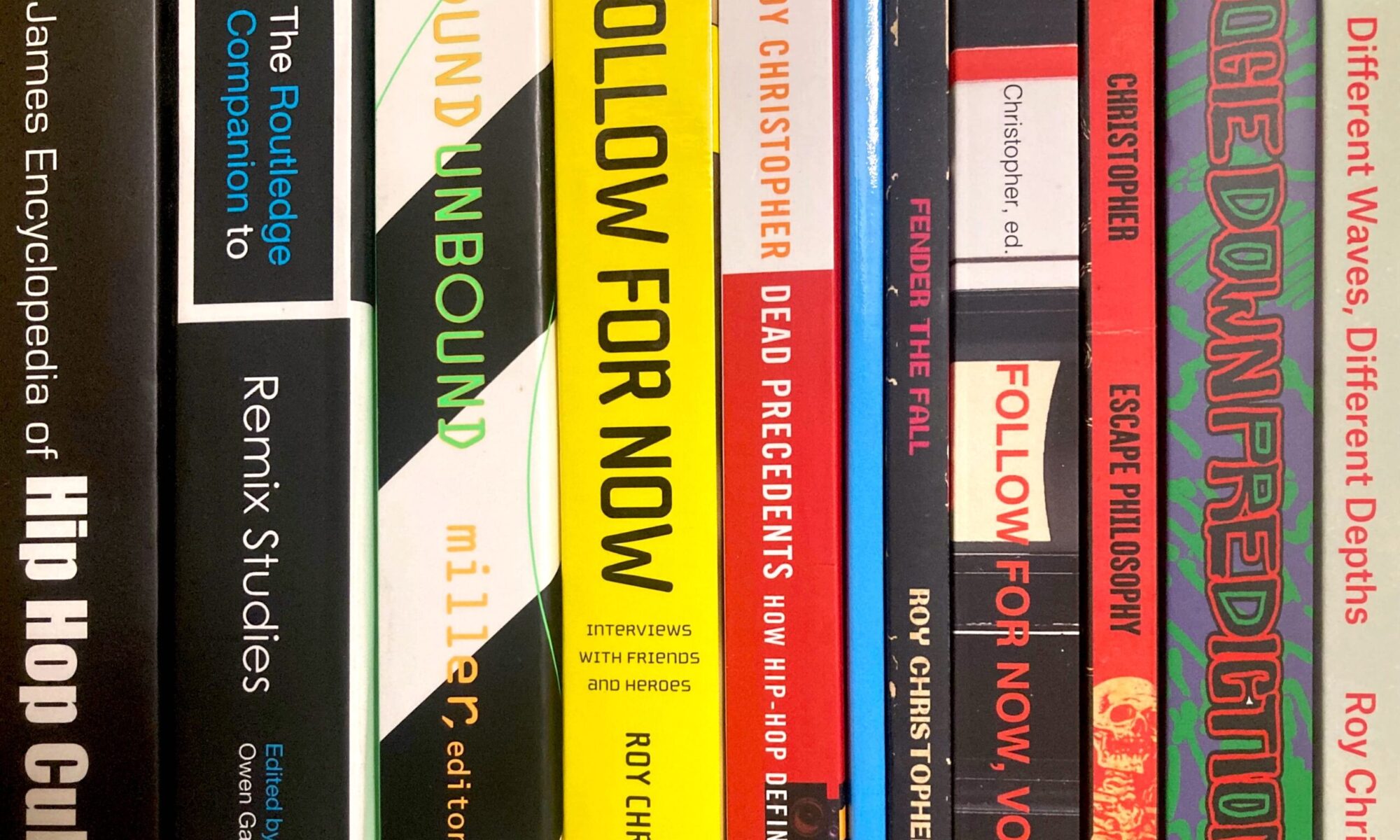 Malcolm Gladwell’s applied epidemiology picks up where the overwrought meme metaphor breaks down. In The Tipping Point: How Little Things Can Make a Big Difference, Gladwell explores and explains complex social and market phenomena through a sturdy, methodical framework and with engaging, easy-to-understand language. Unlike many social theorists, Gladwell eschews grandiose postulating and sticks to good ol’ tried-and-true observation and acutely intuitive pattern-recognition. Ace journalist with an intellect to match, Malcolm Gladwell could just be one of today’s most important writers.
Malcolm Gladwell’s applied epidemiology picks up where the overwrought meme metaphor breaks down. In The Tipping Point: How Little Things Can Make a Big Difference, Gladwell explores and explains complex social and market phenomena through a sturdy, methodical framework and with engaging, easy-to-understand language. Unlike many social theorists, Gladwell eschews grandiose postulating and sticks to good ol’ tried-and-true observation and acutely intuitive pattern-recognition. Ace journalist with an intellect to match, Malcolm Gladwell could just be one of today’s most important writers.
Roy Christopher: Can you give potential readers brief overview of what The Tipping Point is about?
Malcolm Gladwell: The Tipping Point is an attempt to use the principles of epidemiology — the study of epidemics — to understand the movement of ideas and information. I argue that if we want to understand why ideas can be so contagious — and spread so rapidly — we need to think of them as viruses.
RC: Have you attempted to use your theories to spread themselves?
MG: Yes! Very early on, before my book came out, my publisher and I spent several weeks, touring around the country, meeting with “book mavens” who we felt could best spread the “tipping point” virus. It’s hard to say, but I think it worked!
RC: Your book manages to brush shoulders with several other theoretical monsters (chaos theory, memetics, etc.) without stepping on any of their toes. Given your subject matter, why did you intentionally avoid talking about the idea of memes in this book?
MG: Well, I didn’t talk about chaos theory, because I felt that Jim Gleick‘s book on chaos was brilliant that there was no way I could top it. As for memetics, I hate that theory. I find it very unsatisfying. That idea says that ideas are like genes — that they seek to replicate themselves. But that is a dry and narrow way of looking at the spread of ideas. I prefer my idea because it captures the full social dimension of how something spreads. Epidemiologists are, after all, only partially interested in the agent being spread: They are more interested in how the agent is being spread, and who’s doing the spreading. They are fundamentally interested in the social dimension of contagion, and that social dimension — which I think is so critical — is exactly what memetics lacks.
RC: You mention these ideas in the book and on PBS’s The Merchants of Cool. Do you think today’s youth marketing leaves room for the youth to develop their own culture? Is there time between inception and market for youth culture to grow?
MG: Oh sure. I think that the one thing that teenagers are very good at doing is building their own, indigenous culture. Teens are so naturally and beautifully social and so curious and inventive and independent that I don’t think even the most pervasive marketing culture on earth could ever co-opt them.
RC: Who do you admire writing about social phenomena these days?
MG: At the moment, I’m very much fascinated by the latest wave of social psychologist who write about the unconscious: Timothy Wilson, John Bargh, and Mazarin Banarji, among others.
RC: Are you working on any upcoming projects you’d like to tell us about?
MG: I’m in the middle of a book about intuition. Stay tuned!

